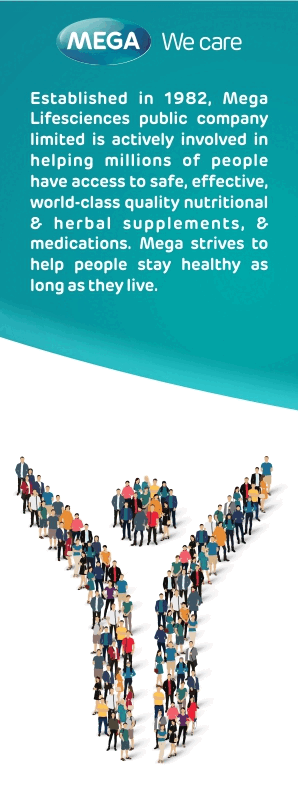KNOWLEDGE AND ATTITUDE TOWARDS LEGALIZATION OF ABORTION SERVICE AND ASSOCIATED FACTORS AMONG FEMALE YOUTH IN AXUM TOWN, ETHIOPIA
DOI:
https://doi.org/10.69614/ejrh.v11i2.271Abstract
ABSTRACT
INTRODUCTION: Unsafe abortion greatly contributes to maternal mortality and morbidity in the world particularly in developing countries. Poor knowledge and unfavorable attitude towards abortion among female youths is still significantly high in Ethiopia where abortion service is not fully legalized. So far, no studies related to abortion legalization have been conducted in Ethiopia, Axum town to identify the gap. Therefore, this study was aimed at assessing female youth level of knowledge and attitude towards legalization of abortion services in the town. METHODS: Community based cross-sectional study was conducted on 400 subjects in November 2015. Respondents were selected through systematic random sampling. Structured questionnaire was used to collect the data. Data was coded and entered using Epi-info version 7 and exported to SPSS Version 20 for analysis. Descriptive and logistic regression were computed. Statistical tests were considered significant at p<0.05and 95% confidence interval. RESULT: A Only 202(49.5%) and 190(47.5%) of respondents had good knowledge and favorable attitude respectively. Age, not knowing unsafe abortion complication, and lacking information on criteria of legal abortion service were significantly associated with knowledge. Lack of formal education and no access to information were also associated with attitude. CONCLUSION AND RECOMMENDATIONS: Almost half of the respondents have good knowledge and favorable attitude towards legalization of abortion service. Age, knowledge of unsafe abortion complication, and availability of clear source of information about abortion had strong association with knowledge and attitude. Great efforts are needed to ensure that all female youth know that they have a legal right to abortion in some circumstances in our country.
KEYWORDS: abortion legalization, attitude, Axum town, Ethiopia, female youth, knowledge
(Ethiopian Journal of Reproductive Health; 2019; 11;2:45-55)



